Cannabis cultivation, a practice steeped in both history and innovation, is a journey into the heart of plant science and horticulture. It’s an art form that requires patience, precision, and a deep understanding of the unique characteristics of the cannabis plant. Whether for medicinal purposes, recreational use, or industrial applications, cultivating cannabis can be a rewarding endeavor, offering insights into the intricate balance of nature and nurture.
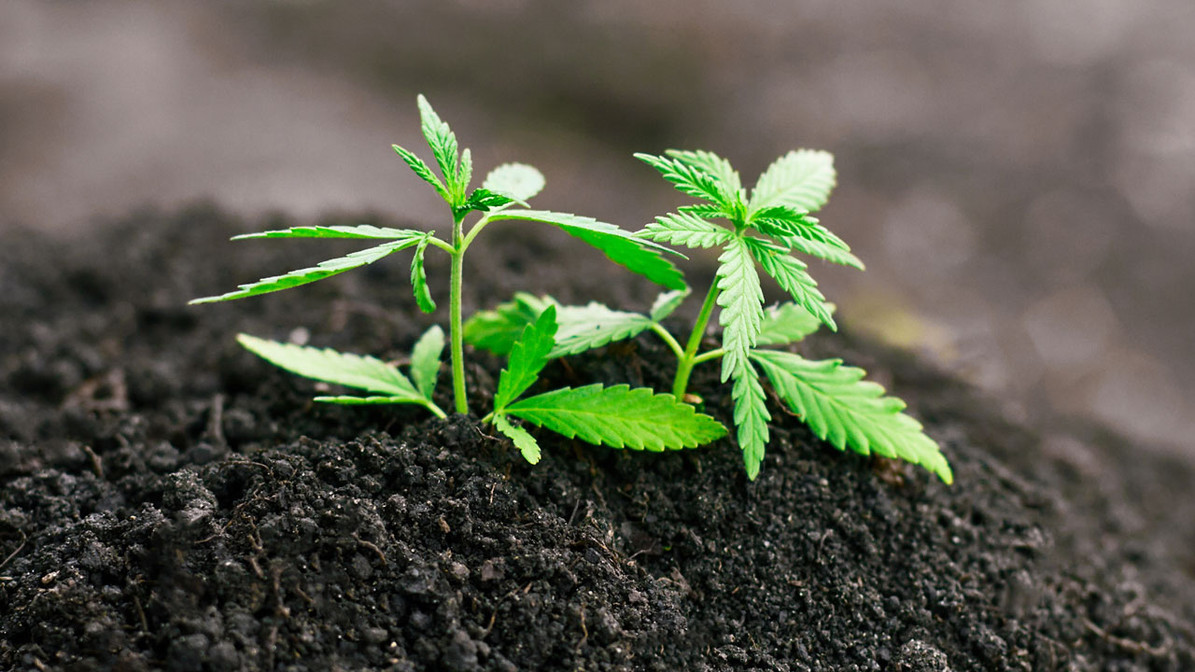
The Basics of Cannabis Plant Growth
At its core, the growth of a cannabis plant is a natural process, yet one that can be enhanced and guided through careful cultivation. This journey begins with selecting the right seeds or clones and providing them with the appropriate environment for growth. Key factors such as light, water, nutrients, and temperature play crucial roles in the health and development of the plant.
Understanding the Life Cycle of Cannabis Plants
The life cycle of cannabis plants is a fascinating process that includes several stages: germination, seedling, vegetative, and flowering. In the germination stage, seeds sprout and begin to grow their first roots and leaves. As seedlings, they require gentle care, with focus on humidity and light. The vegetative stage is marked by rapid growth, where the plant develops its foliage and structure, preparing for the flowering stage. This final stage is where the plant matures and, if female, produces the coveted buds.

Key Differences Between Male Plants and Female Plants
In cannabis cultivation, understanding the differences between male and female plants is crucial. Male plants produce pollen, which is necessary for breeding but can be detrimental in a crop intended for bud production, as it leads to seeded flowers in female plants. Female plants are sought after for their ability to produce buds rich in cannabinoids like THC and CBD. These differences become evident during the flowering stage and are critical in determining the cultivation strategy.

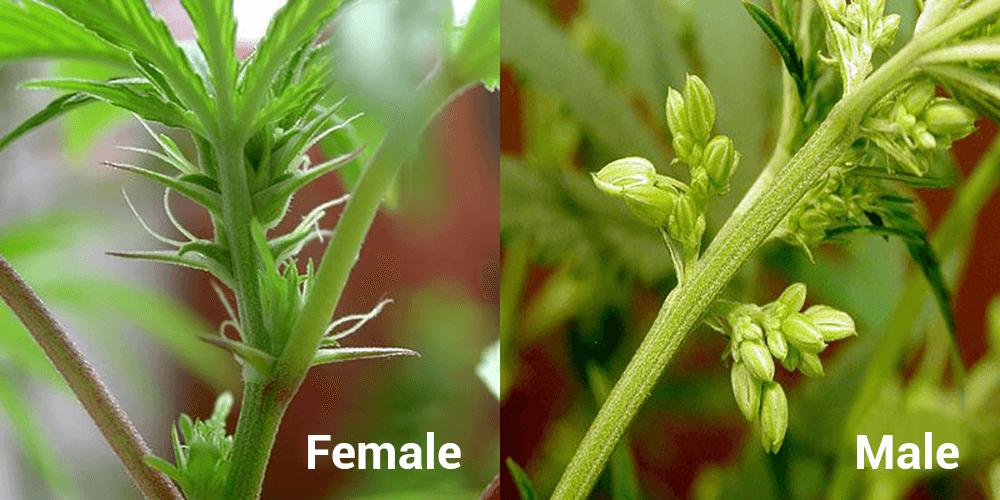
Significance of Cannabis Cultivation in Different Environments
Cannabis can be cultivated in various environments, each offering unique benefits and challenges. Outdoor cultivation harnesses the power of natural sunlight and follows the natural growing season, often resulting in larger plants and yields. Indoor cultivation, on the other hand, allows for complete control over environmental factors, enabling year-round growing and the ability to fine-tune conditions for optimal plant health and potency.
The Importance of Choosing the Right Cannabis Plants
Selecting the right cannabis plants for cultivation is a critical decision that influences the entire growing process. This choice depends on factors like the intended use of the plant, the growing environment, and the grower’s experience level. Different strains and varieties offer diverse growth patterns, effects, and flavors.
Overview of Marijuana Plants Varieties
The world of marijuana plants is incredibly diverse, with varieties ranging from the energizing effects of Sativa strains to the relaxing properties of Indica strains, and the balanced characteristics of hybrids. Each variety has its own unique requirements for optimal growth and yields, and understanding these nuances is key to successful cultivation.
The Role of Genetics in Cannabis Plant Health and Yield
Genetics play a pivotal role in the health and yield of cannabis plants. They determine characteristics like plant size, resilience, flowering time, and cannabinoid content. Choosing plants with strong, stable genetics is essential for achieving desired outcomes, whether it’s high THC or CBD levels, specific flavors, or certain medical properties.
Preparing for Cannabis Cultivation
Cannabis cultivation begins with preparation and understanding the needs of the cannabis plant. This stage is critical in ensuring a healthy growth cycle and achieving the desired yield and quality.
Selecting the Ideal Environment for Cannabis Plants
The first step in cannabis cultivation is choosing the right environment. Cannabis plants are versatile and can adapt to various settings, but they thrive best in conditions that meet their specific needs. Key factors to consider include climate, sunlight exposure, wind patterns, and accessibility to water. The choice between indoor and outdoor cultivation environments plays a significant role in the subsequent steps of the cultivation process.
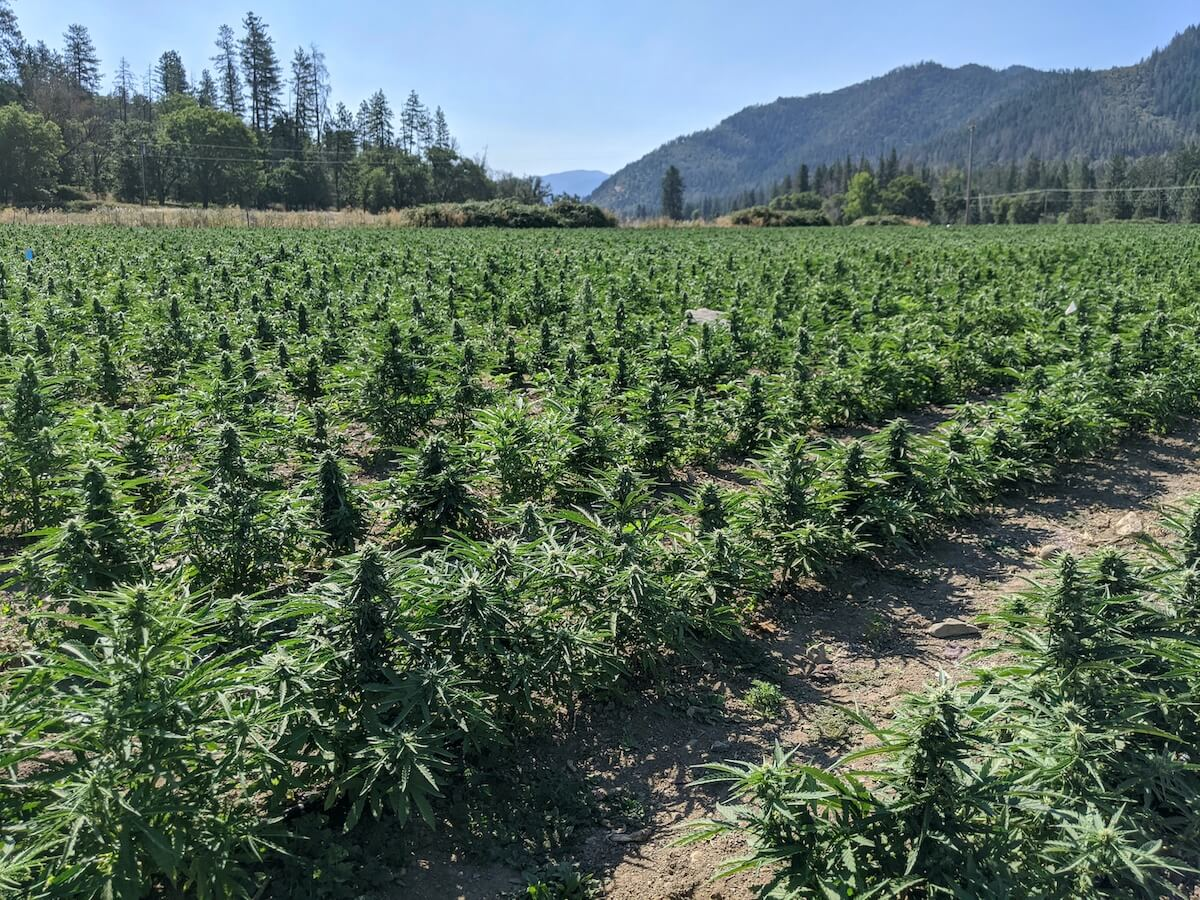
Outdoor Cannabis Cultivation: Pros and Cons
Outdoor cultivation leverages the natural environment, offering benefits such as abundant sunlight, larger growing space, and a more natural growth cycle. However, it comes with its challenges, including vulnerability to weather conditions, pests, and varying legal restrictions. Outdoor growers need to be mindful of the natural cycle of the seasons and should plan their cultivation activities accordingly.
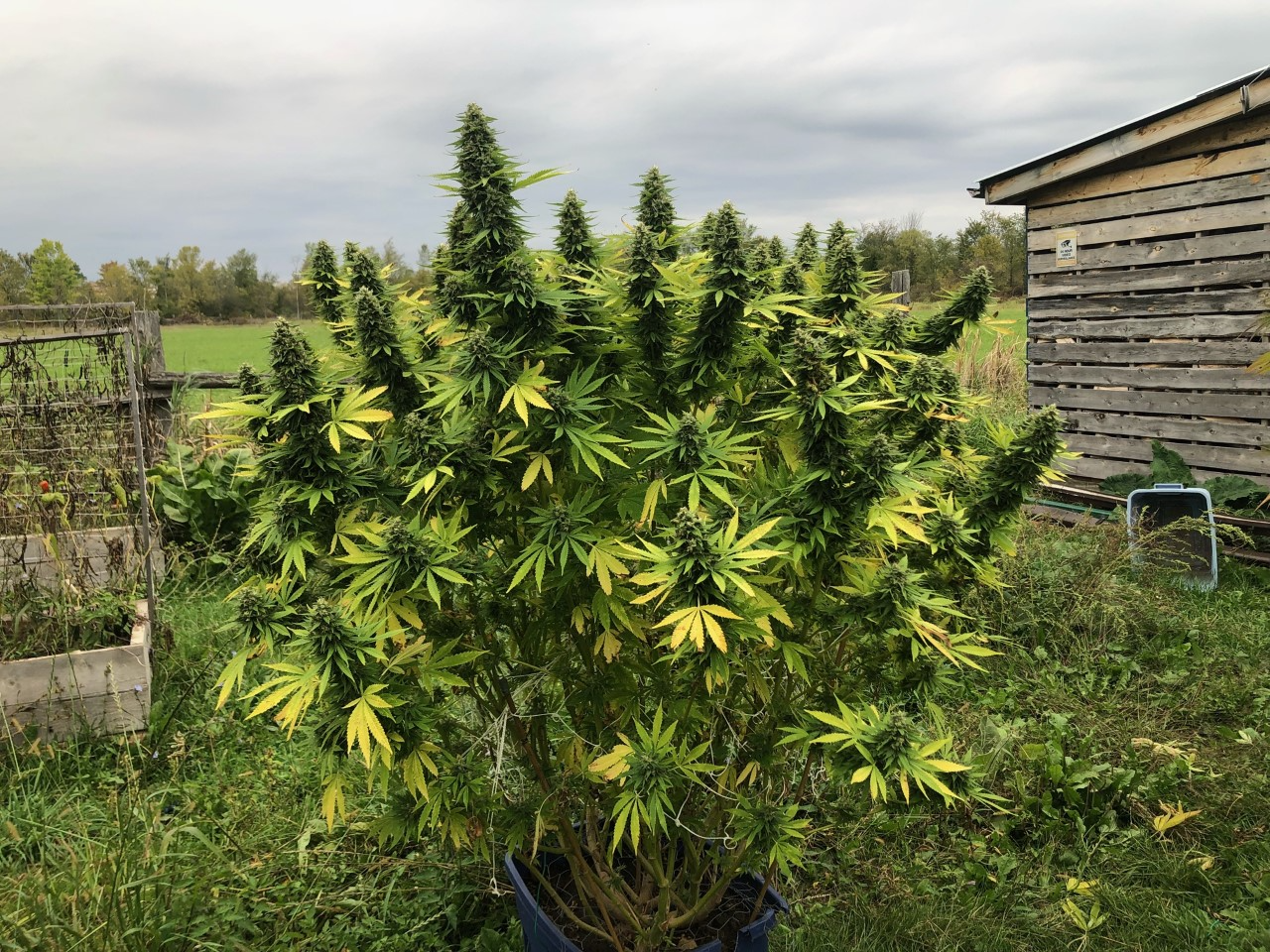
Indoor Cannabis Cultivation: Setting Up Your Space
Indoor cultivation, on the other hand, provides more control over the growing environment. By setting up a dedicated grow space, cultivators can manage temperature, humidity, and light cycles, leading to potentially higher quality yields and multiple harvests per year. However, it requires a higher initial investment in equipment, like grow lights, ventilation systems, and climate control units. Indoor cultivation also demands more energy and resources to maintain the optimal conditions.
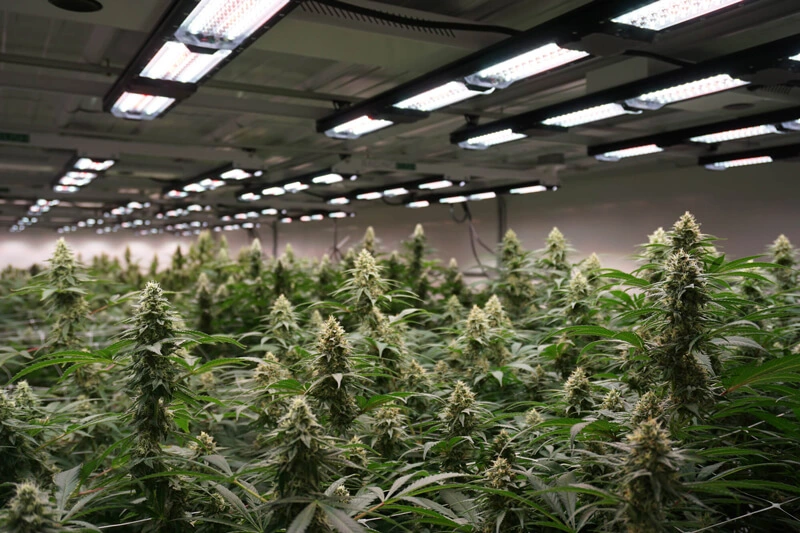
The Early Stages: From Seed to Seedling
The initial stages of a cannabis plant’s life are crucial for its overall development and health. This period lays the foundation for the future growth and productivity of the plant.
Choosing Cannabis Seeds: Cannabis Sativa and Other Varieties
Selecting the right cannabis seeds is a vital step in the cultivation process. The choice depends on the desired characteristics of the plant, such as size, yield, THC and CBD content, and resistance to certain environmental conditions. Cannabis Sativa, Indica, and hybrid varieties offer a range of effects, flavors, and growth patterns. Understanding the differences between these varieties is essential for selecting seeds that align with your cultivation goals.
Germination and Seedling Stage: The Start of Cannabis Plants’ Life
The germination stage marks the beginning of the cannabis plant’s life cycle. During this stage, seeds are nurtured to sprout and develop their initial roots and leaves. This phase requires careful attention to moisture, warmth, and gentle handling. A common method for germination is to place seeds between moist paper towels or directly into starter cubes designed for seedlings.
Once the seed has sprouted and the seedling emerges, it enters the seedling stage. This stage is characterized by the development of a few sets of leaves. During this time, it’s crucial to provide the seedlings with a stable environment. Adequate light, proper watering, and the right temperature are essential for healthy growth. Seedlings are particularly vulnerable and need protection from harsh conditions.
Lighting for seedlings should be gentle yet sufficient to encourage sturdy and healthy growth. Overexposure to intense light or fluctuating temperatures can stress the young plants, leading to stunted growth or other issues. Maintaining a consistent environment helps ensure that these young cannabis plants can establish a strong foundation for their vegetative and flowering stages.
Preparing for cannabis cultivation involves thoughtful consideration of the growing environment and attentive care during the early stages of the plant’s life. Whether opting for outdoor or indoor cultivation, understanding and meeting the specific needs of cannabis plants during the germination and seedling stages are crucial for setting up for successful growth and a fruitful harvest.
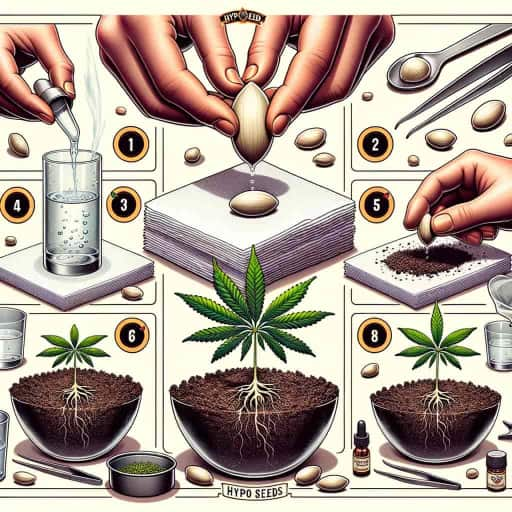
The Vegetative and Flowering Stages
The vegetative and flowering stages are critical phases in the life cycle of cannabis plants. Each stage has unique requirements and challenges, and understanding how to navigate these stages is key to cultivating healthy, productive plants.
Navigating the Vegetative Stage of Cannabis Plants
During the vegetative stage, cannabis plants focus on growing in size and strength. This stage is all about establishing a solid foundation that will support the plant during the flowering phase.
Importance of Light Cycle and Plant Growth
The light cycle is crucial in the vegetative stage. Cannabis plants typically require about 18 hours of light per day during this phase. This prolonged exposure to light encourages the plant to grow larger and develop a strong root system. The type of light used, whether natural or artificial, should mimic the spectrum of the sun, providing the energy needed for photosynthesis and healthy growth.
Training Plants for Optimal Growth
Training techniques can be applied to manage the shape and size of the plant, ensuring even light distribution and maximizing space efficiency. Techniques like topping (removing the top of the plant to encourage lateral growth) and low-stress training (gently bending and tying down branches to expose more of the plant to light) are common. These methods not only help in creating a more manageable plant size but also can lead to higher yields by maximizing light exposure to all parts of the plant.
Transitioning to the Flowering Stage
The flowering stage is where cannabis plants start developing buds. This stage is triggered by changing the light cycle, and it requires different care compared to the vegetative stage.
The Shift from Vegetative Growth to Flowering Phase
To initiate the flowering stage, the light cycle needs to be adjusted to 12 hours of light and 12 hours of darkness. This change mimics the natural reduction in daylight hours as the seasons change and signals to the plant that it’s time to start reproducing. During this stage, the plant’s nutritional needs change, requiring less nitrogen and more phosphorus and potassium to support bud growth.
Identifying the Pre-Flowering Stage in Cannabis Plants
The pre-flowering stage is a transitional phase where plants begin to show their sex. This is a crucial time for growers, especially those who want to avoid pollination of female plants by males. Male plants develop pollen sacs, while female plants develop small, white hairs (pistils) at their branch joints. Identifying and separating male plants at this stage is essential for those aiming to produce seedless buds.
Mastering the vegetative and flowering stages is essential for successful cannabis cultivation. By understanding and responding to the plant’s needs during these stages, growers can optimize plant health, growth, and ultimately, the yield and quality of the buds produced.
Advanced Techniques in Cannabis Cultivation
As cannabis cultivation evolves, growers continuously seek advanced techniques to enhance plant growth and bud quality. These methods not only aim to increase yield but also focus on producing healthier plants and higher-grade cannabis.
Enhancing Plant Growth and Bud Quality
Techniques for Growing Healthy Marijuana Plants
Achieving healthy growth in marijuana plants involves a combination of proper nutrition, adequate lighting, optimal watering, and controlled environmental conditions. Advanced nutrients tailored for cannabis can provide the right balance of nitrogen, phosphorus, potassium, and micronutrients. LED grow lights are increasingly popular for their energy efficiency and spectrum versatility.
Another key aspect is maintaining an ideal climate, which includes temperature, humidity, and air circulation. Techniques such as ScrOG (Screen of Green), where plants are trained through a horizontal screen, can maximize light exposure and air circulation around the plants, leading to healthier growth and potentially higher yields.
Using Feminized Seeds to Produce Feminized Plants
Feminized seeds are designed to produce only female plants, which are the ones that develop buds. Using feminized seeds eliminates the need to identify and remove male plants, ensuring that all plants in the grow space are bud-producing females. This not only makes the cultivation process more efficient but also maximizes the use of space and resources. Feminized seeds are particularly beneficial for small-scale growers or those who want to streamline their cultivation process.
Troubleshooting Common Cannabis Plant Issues
Dealing with Male Plants and Plant Gender
One common issue in cannabis cultivation is the unintentional growth of male plants, which can pollinate females, leading to seeded buds. Identifying plant gender early in the pre-flowering stage is crucial. Growers should regularly inspect their plants and remove any males to prevent pollination. Alternatively, growing from feminized seeds can circumvent this issue.
Recognizing and Preventing Diseases like Root Rot and Bud Rot
Diseases such as root rot and bud rot can devastate a cannabis crop. Root rot, often caused by overwatering and poor drainage, leads to the decay of root systems, hindering the plant’s ability to absorb nutrients and water. Ensuring proper soil aeration and using fabric pots can help prevent this issue.
Bud rot is a fungal infection that thrives in high humidity environments and can quickly spread across the plant. To prevent bud rot, it’s essential to control
humidity levels, especially during the flowering stage. Adequate air circulation and proper spacing between plants are also vital. Regular inspection of buds, especially those denser and larger ones, is crucial for early detection. If bud rot is found, the affected parts should be removed immediately to prevent its spread.
In addition to these preventive measures, maintaining overall plant health is key to disease resistance. A strong, healthy plant is less susceptible to diseases and better equipped to recover if an issue does arise. This includes providing balanced nutrition, ensuring the plants are not stressed by environmental conditions, and adhering to a consistent care routine.
Advanced techniques in cannabis cultivation focus on optimizing every aspect of the growing process. From using feminized seeds to employing strategic plant training and disease prevention methods, each technique contributes to healthier plants and superior quality buds. Regular monitoring and adaptation to the plants’ needs throughout their lifecycle are essential for successful cultivation and troubleshooting common issues.
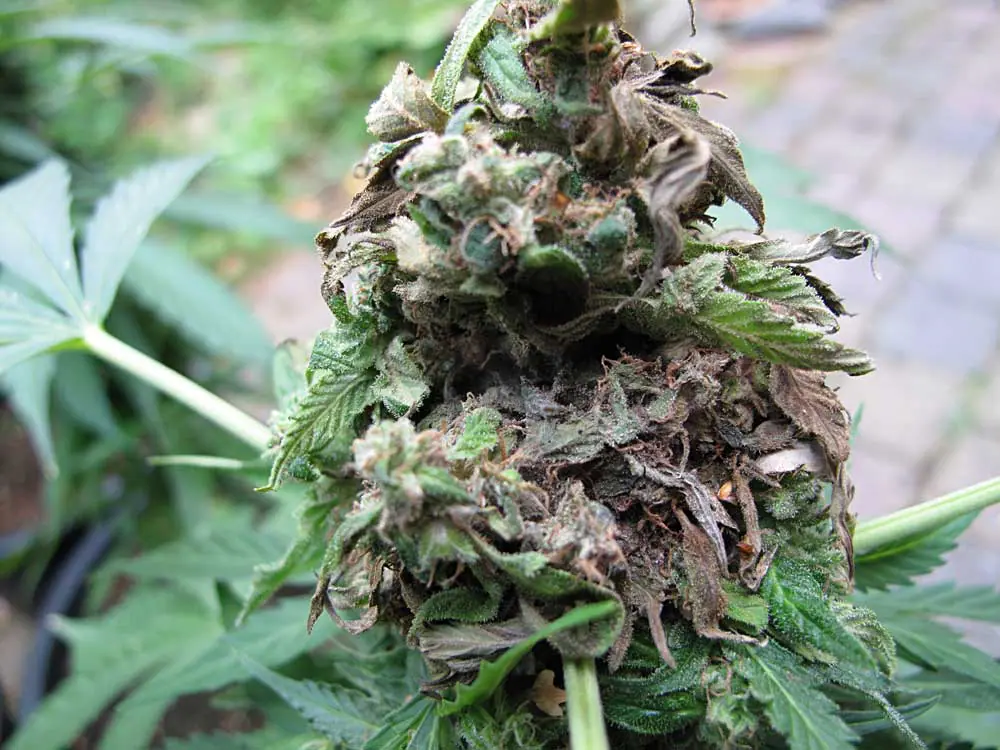
Harvesting and Processing
The culmination of cannabis cultivation is the harvesting and processing stage. This phase is as crucial as any other, requiring precision and patience to ensure the highest quality of the final product.
Harvesting Cannabis Plants: When and How
Determining the perfect time to harvest marijuana plants is an art that influences the potency, flavor, and overall quality of the cannabis. The key indicator lies in the appearance of the trichomes – the tiny, crystal-like structures on the buds and leaves. When these trichomes shift from clear to a milky white color, it’s typically a sign that THC levels are at their peak.
Another method involves observing the pistils, or small hair-like structures, on the buds. When about 50-70% of these pistils change from white to a darker color and curl inwards, it’s usually time to harvest.

Processing Plant Material for Optimal Quality
Once harvested, the cannabis plants undergo a process of trimming, drying, and curing. Trimming involves removing the leaves from the buds, which can be done either when the plant is wet (immediately after harvest) or after drying. Drying should be done in a controlled environment – cool, dark, and with good air circulation – to slowly remove moisture from the buds without degrading the cannabinoids and terpenes.
Cannabis Plant Post-Harvest Care
Curing and Storing Quality Buds
Curing is the next critical step, which further enhances the potency and flavor of the cannabis. The dried buds are placed in airtight containers, like glass jars, and stored in a cool, dark place. The containers should be opened regularly to allow for air exchange and to release any built-up moisture. This process can take several weeks and helps in developing a smoother, more robust product.
Proper storage is also essential to maintain the quality of the cured buds. They should be kept in a cool, dark, and dry place to prevent mold and degradation of the cannabinoids.
Seed Production and Future Cultivation Plans
For those interested in seed production for future cultivation, some plants can be left to fully mature and produce seeds. These seeds can be harvested and stored for future use. It’s important to ensure that the seeds are completely dry before storage and are kept in a cool, dry, and dark environment to maintain their viability.
Harvesting and processing are critical steps in the cannabis cultivation process. Each stage, from determining the right time to harvest to curing and storing the buds, requires attention to detail and patience. Proper execution of these steps ensures the highest quality of the final product, maximizing the efforts put into the earlier stages of cultivation. The post-harvest care, including the curing and storing of buds, not only preserves the quality of the harvest but also enhances its flavors and effects. For cultivators interested in sustainability and continuity, seed production offers an opportunity to create a self-sustaining cycle of cultivation, leveraging the success of one harvest to inform and improve future grows. This holistic approach to cannabis cultivation from seed to storage is what distinguishes a thoughtful and successful grower.
The journey of growing cannabis is a complex and rewarding process that intertwines the art of horticulture with the science of botany. From selecting the right seeds and creating the ideal environment for germination, to nurturing the plants through their vegetative and flowering stages, each step is a blend of careful planning and attentive care. The harvest and curing process marks the culmination of the grower’s efforts, resulting in a product that reflects both the quality of cultivation and the unique characteristics of the plant.
Key Takeaways from Growing Cannabis Plants
- Understanding Plant Life Cycle: Recognizing the stages of cannabis growth and the needs at each phase is crucial for healthy development.
- Environment Matters: Whether growing indoors or outdoors, the environment plays a pivotal role in the health and yield of cannabis plants.
- Strain Selection is Key: Choosing the right strain not only affects the growth and management of the plants but also the effects and flavors of the final product.
- Attention to Detail: Monitoring and adjusting factors like light, water, nutrients, and temperature are essential for thriving plants.
- Prevention and Problem-Solving: Identifying and addressing issues like pest infestations, plant diseases, and environmental stressors are critical for maintaining plant health.
- Harvest Timing: Determining the right time to harvest affects the potency and quality of the cannabis.
- Post-Harvest Care: Proper drying, curing, and storing of cannabis are as important as the cultivation process itself.
Encouraging Sustainable and Legal Cannabis Cultivation
As the cannabis industry continues to grow, it is imperative to emphasize sustainable and legal cultivation practices. Sustainable cultivation involves using resources responsibly, minimizing environmental impact, and adopting organic growing methods when possible. Legal cultivation requires adherence to local laws and regulations, which vary widely across different regions and countries.
Growing cannabis is a journey of learning and adaptation. It requires a deep understanding of the plant, a commitment to sustainable practices, and a dedication to continual improvement. Whether for personal use or commercial production, cultivating cannabis offers an opportunity to connect with nature and participate in a thriving, evolving industry.








